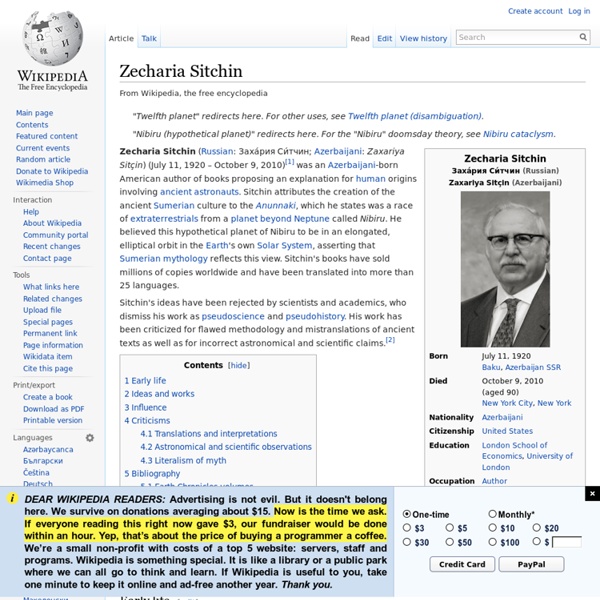The Allies of Humanity |
The Allies of Humanity is being presented to prepare people for a whole new reality that is largely hidden and unrecognized in the world today. It provides a new perspective that empowers people to face the greatest challenge and opportunity that we, as a race, have ever encountered. The Allies Briefings contain a number of critical if not alarming statements about the growing extraterrestrial intervention and integration into the human race and about the extraterrestrial activities and hidden agenda. The purpose of the Allies Briefings is not to provide hard evidence about the reality of the ET visitation to our world, which is already well documented in many other fine books and research journals on the subject. The purpose of the Allies Briefings is to address the dramatic and far-reaching implications of this phenomenon, to challenge our human tendencies and assumptions regarding it and to alert the human family to the great threshold we now face. —The Society for the New Message
Shroud of Turin: Could Ancient Earthquake Explain Face of Jesus?
The authenticity of the Shroud of Turin has been in question for centuries and scientific investigations over the last few decades have only seemed to muddle the debate. Is the revered cloth a miracle or an elaborate hoax? Now, a study claims neutron emissions from an ancient earthquake that rocked Jerusalem could have created the iconic image, as well as messed up the radiocarbon levels that later suggested the shroud was a medieval forgery. But other scientists say this newly proposed premise leaves some major questions unanswered. The Shroud of Turin, which bears a faint image of a man's face and torso, is said to be the fabric that covered Jesus' body after his crucifixion in A.D. 33. Though the Catholic Church doesn't have an official position on the cloth, the relic is visited by tens of thousands of worshippers at the Turin Cathedral in Italy each year. Carbon and quakes Shaky science? "If you want to believe in the Shroud of Turin, you believe in it," Cook said.
Controversial Ancient Book Of Veles Remains An Unexplained Mystery
MessageToEagle.com – The Book of Veles is so controversial that it has been banned in Russia. This old document contains evidence of Genesis, evolution and migration of Slavs. Scientists who studied the book are perplexed and its validity has been questioned many times. Yet, no conclusive evidence has been presented that could shed more light on the controversy surrounding this mysterious book. Book of Veles The Book of Veles was discovered in the beginning of the 20th century in Ukraine, by Russian colonel Isenbeck, in an old, devastated castle. After deciphering the 45 42 planks made of birch wood it turned out that the book comprised history of Slavs since 7th century BC until 9th century AD. According to Meet the Slavs “surface of the planks were scrubbed before carving the letters and afterward painted with some dark matter, which faded over time. The Book of Veles describes how pre-Slavic tribes lived in the “land of seven rivers beyond the sea”. Veles statue in Ukraine References:
Celtic Bibliography (Annotated, by Eryn Darkstar)
Sacred Texts Index Previous Next Sponsored Links: Internet Book of Shadows, (Various Authors), [1999], at sacred-texts.com
Inicio Biblioteca Digital Mundial
Archaeologists Uncover Hundreds of Mysterious Orbs in Ancient Temple
Everything We Have Been Taught About Our Origins Is A Lie
In June 1936 Max Hahn and his wife Emma were on a walk beside a waterfall near to London, Texas, when they noticed a rock with wood protruding from its core. They decided to take the oddity home and later cracked it open with a hammer and a chisel. What they found within shocked the archaeological and scientific community. Embedded in the rock was what appeared to be some type of ancient man made hammer. A team of archaeologists analysed and dated it. In 1889 near Nampa, Idaho, whilst workers were boring an artesian well, a small figurine made of baked clay was extracted from a depth of 320 feet. It is currently accepted by science and geology that coal is a by-product of decaying vegetation. Anything that is found in lumps of coal or in coal seams during mining, had to have been placed or dropped into the vegetation before it was buried in sediment. In 1944, as a ten year old boy, Newton Anderson, dropped a lump of coal in his basement and it broke in half as it hit the floor.
Why Faith
World Mysteries - Ancient Wisdom
Truly it has been said that there is nothing new under the sun, for knowledge is revealed and is submerged again, even as a nation rises and falls. Here is a system, tested throughout the ages, but lost again and again by ignorance or prejudice, in the same way that great nations have risen and fallen and been lost to history beneath the desert sands and in the ocean depths. Paracelsus Ask and it will be given to you; seek and you will find; knock and the door will be opened to you. The Bible, Matthew 7: 7-8 Blessed is the man who finds wisdom, the man who gains understanding, for she is more profitable than silver and yields better returns than gold. The Bible, Proverbs 3: 13-20 "It is important to learn what other people have learned, but too many people have lived and died for me to learn more than a small fraction of what they have learned. This new section of our web site is an introduction to inspiring (and inspired) wisdom from the Past. Introduction - Secret Knowledge Buddha 15.



